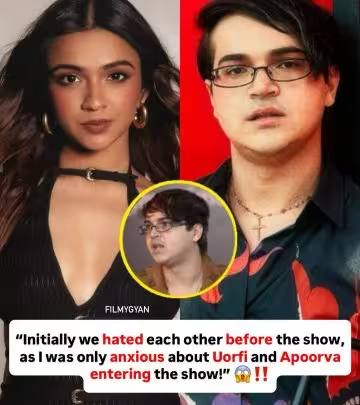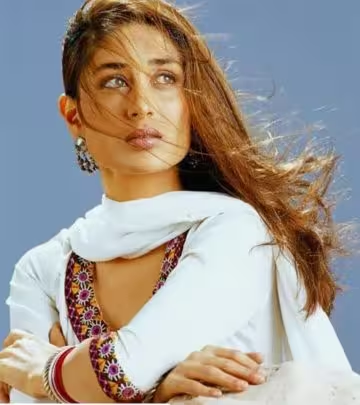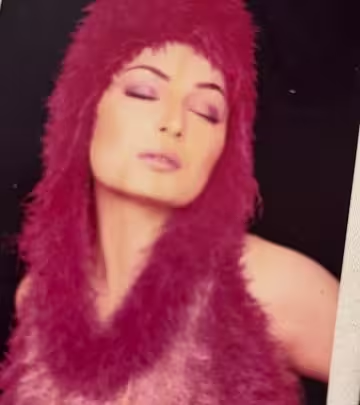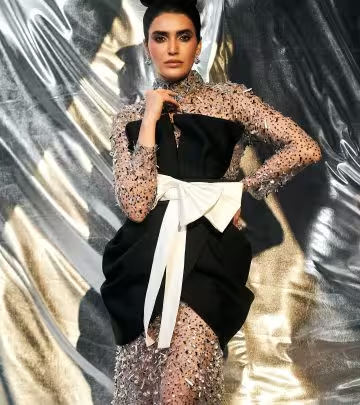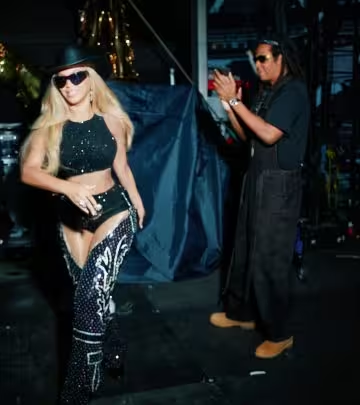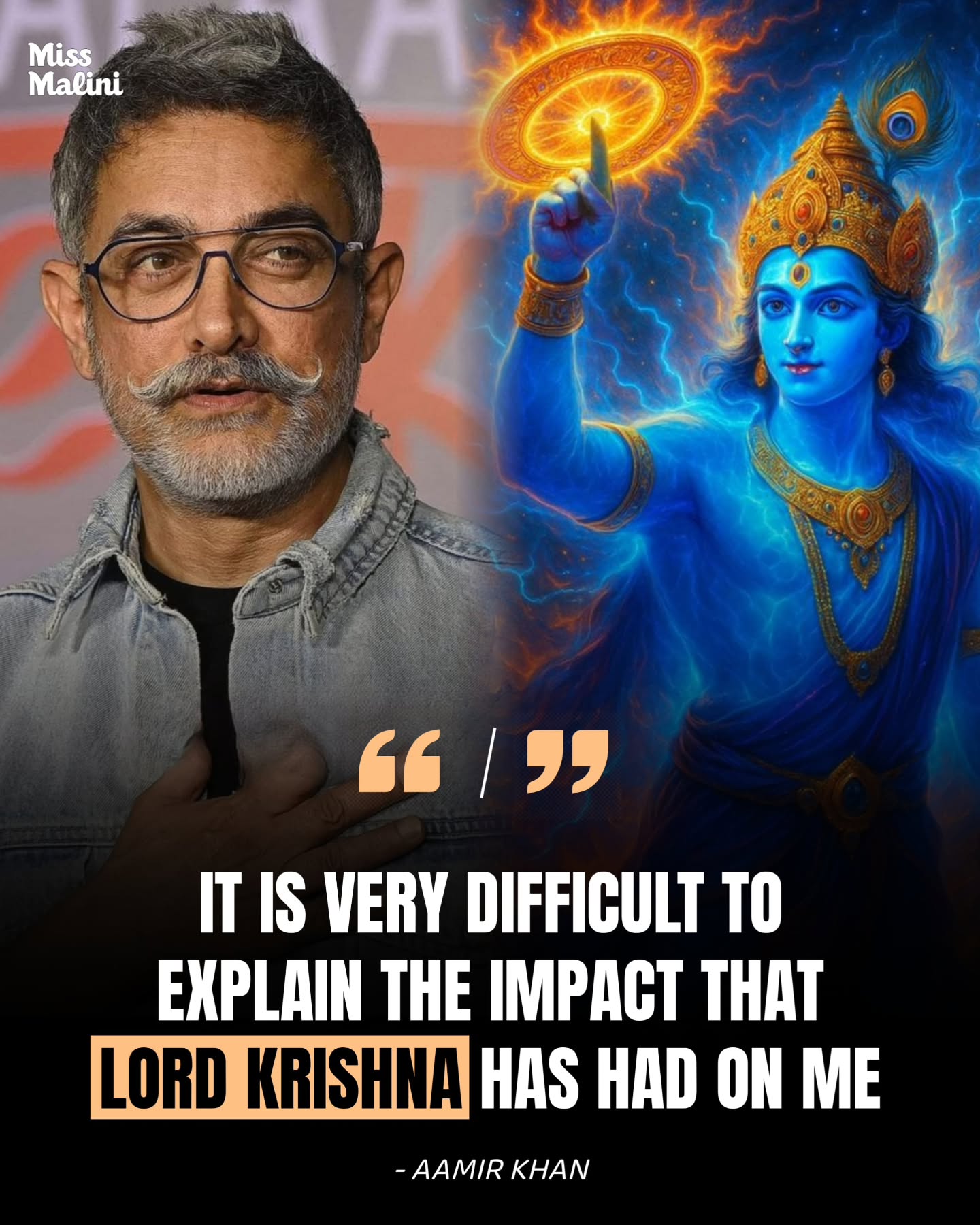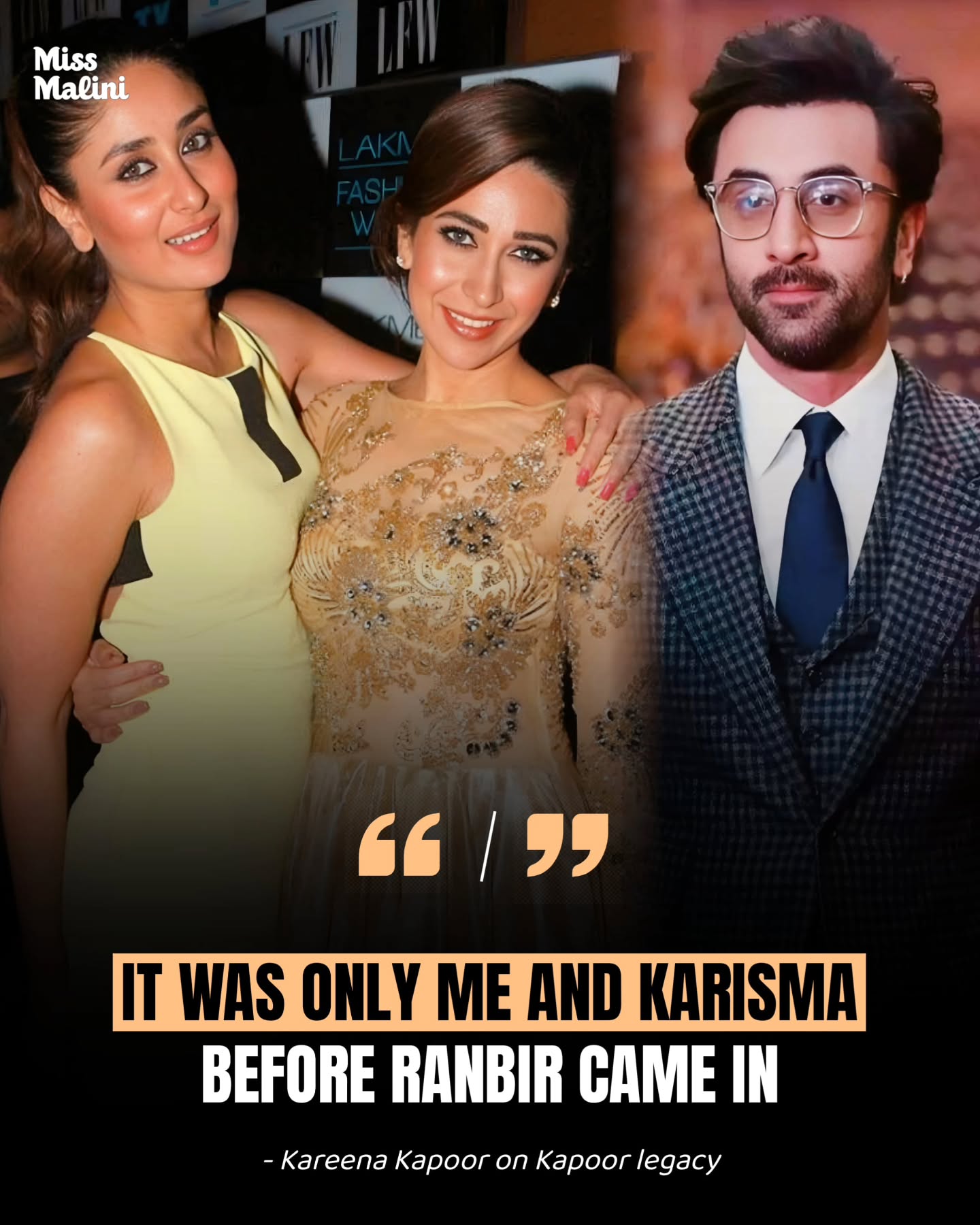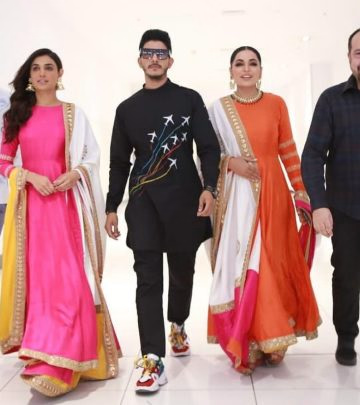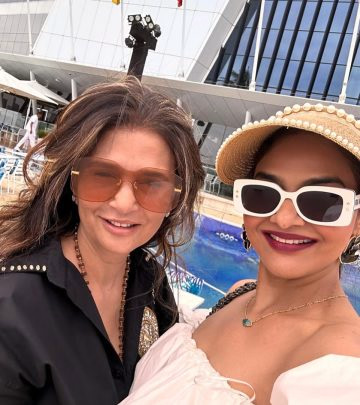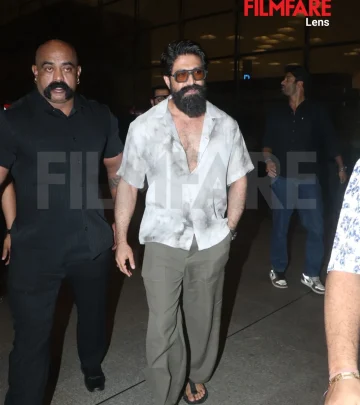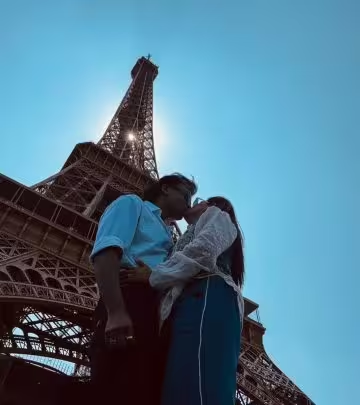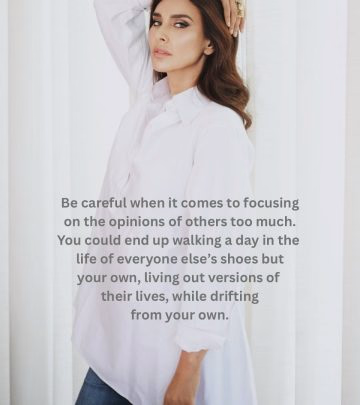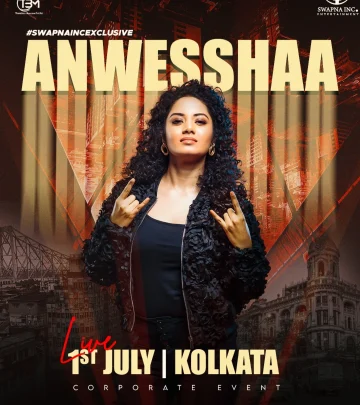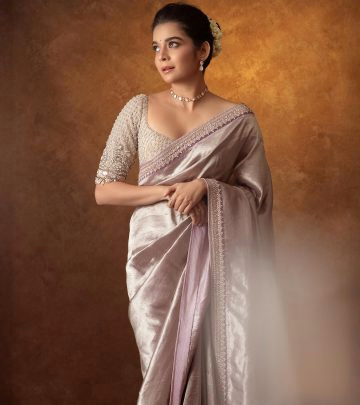Falaq Naaz Slams Bold Fashion of Khushi Mukherjee
Falaq Naaz blasts nudity in fashion, sparking fierce online debate over Khushi style now!!
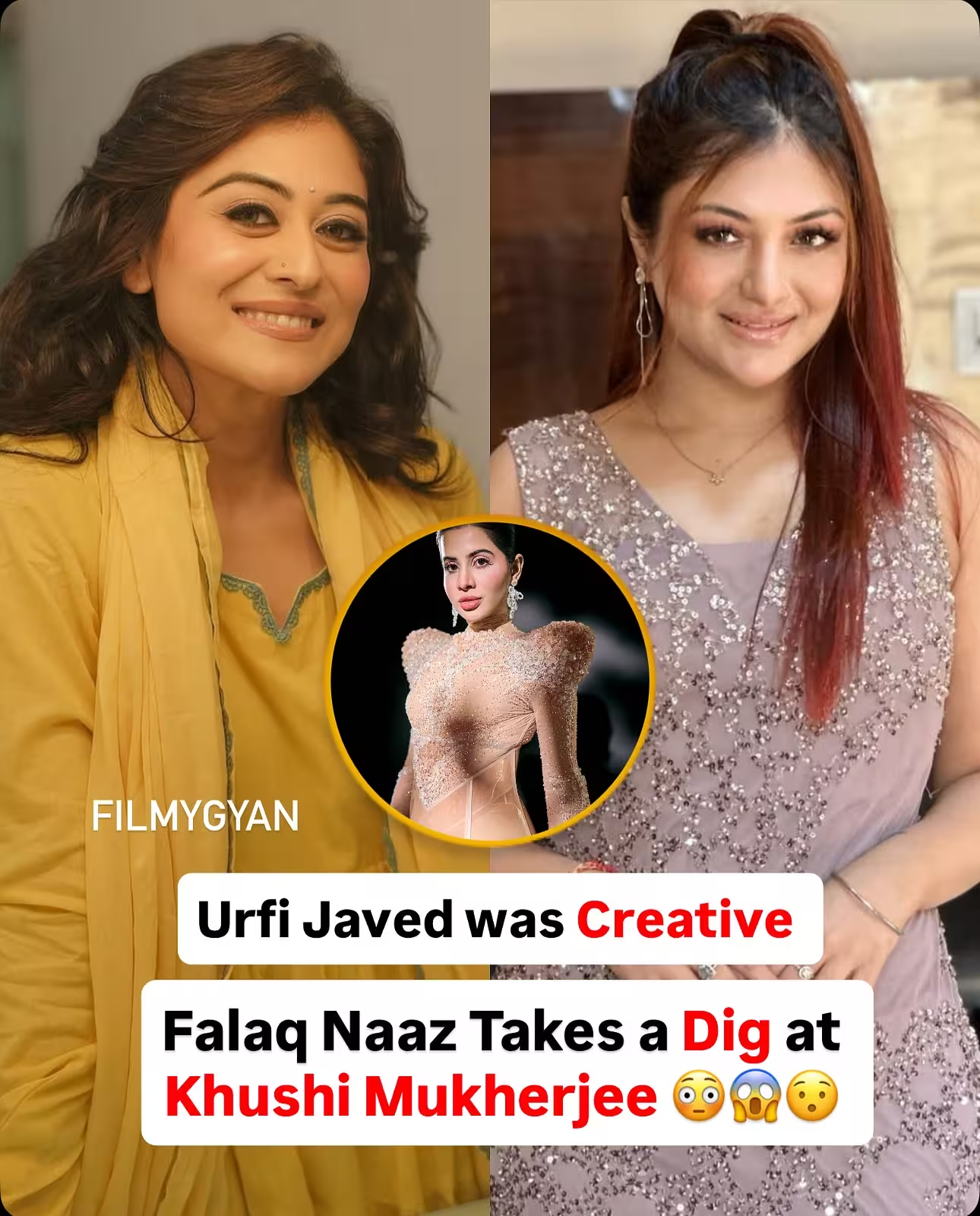
Image: Instagram
In a recent social media outburst that has caught the attention of the celebrity world, Falaq Naaz has openly criticized Khushi Mukherjee’s bold fashion choices. The controversy erupted when Falaq took to her platform to denounce the promotion of nudity under the pretense of creative expression, insisting that art and fashion should never be conflated with mere shock tactics.
Fashion Controversy Unfolds
The social media post, which was widely circulated and discussed among netizens, centers on Falaq’s pointed remarks regarding Khushi’s recent style. According to her statement, nudity promoted as fashion can easily mislead audiences who appreciate creativity when it is grounded in genuine style rather than shock value. Falaq’s words were further aimed at refuting a comparison that linked Khushi Mukherjee to internet personality Uorfi Javed, a comparison that Falaq found entirely misplaced.
In her strongly worded commentary, Falaq emphasized that while fashion is an arena ripe for experimentation, it should not devolve into a spectacle that merely seeks to provoke. The post not only condemned the promotion of explicit content under the guise of art but also sparked a heated debate online. Many of her followers and fellow celebrities have been quick to share their opinions, resulting in a mix of agreement and dissent across social platforms.
While Falaq’s critique centered on Khushi Mukherjee, her message resonated as a broader commentary on the boundaries of modern fashion. Critics of excessive nudity in fashion argue that there is a fine line between artistic expression and content designed primarily to shock and attract views. By drawing attention to this distinction, Falaq has arguably injected a dose of realism into an industry sometimes lauded for its unbridled creativity.
Debate Over Creativity Versus Shock Value
The heart of the debate lies in how society interprets bold fashion choices. On one side stand those like Falaq Naaz, who insist that creativity must be rooted in vision rather than controversy. On the other, supporters of Khushi Mukherjee’s approach applaud the breaking of taboos and the challenge to traditional norms. This dichotomy has led to a flurry of responses online, with many users weighing in on what constitutes genuine artistic expression and what merely serves as a vehicle for garnering attention.
Falaq’s social media post, originally shared on the account credited to F I L M Y G Y A N, featured a striking image accompanied by her commentary. The image, which has since been widely shared, underscores her serious tone and determination in defending her stance. Her decision to publish such a direct criticism is seen by many as a reflection of her long-held belief in upholding the integrity of fashion as a creative art form.
In an era when social media has amplified every nuance of celebrity opinion, remarks like these are bound to reverberate. The incident has now set off conversations among fashion enthusiasts, critics, and casual onlookers alike. Some commentators have pointed out that comparisons with figures like Uorfi Javed are often more reflective of online persona battles than of any substantive critique of style. Nonetheless, Falaq Naaz’s insistence that there is a clear distinction between artistic creativity and shock-driven trends continues to generate considerable discussion.
Social Media Reactions And Industry Impact
Across various platforms, opinions are divided. Some followers of Khushi Mukherjee have expressed dismay at what they perceive as an unfair critique, arguing that avant-garde fashion is destined to push boundaries. Critics of such styles, however, find solidarity with Falaq, applauding her for challenging a trend that they believe risks trivializing art. The heated debate touches on larger cultural questions about the standards of decency in fashion and the responsibilities of public figures when endorsing controversial aesthetics.
Beyond the immediate backlash, the incident has reinvigorated discussions about the messaging behind bold fashion trends. Industry watchers note that while controversy can hype a brand or individual, it also carries the potential to polarize audiences. With digital platforms providing an arena for rapid dissemination of opinions, messages that challenge the conventional can quickly become viral, carrying both support and criticism in equal measure.
This event is not the first time celebrities have found themselves at the crossroads of artistic expression and public censure. Comparable debates have surfaced in the past, with notable personalities weighing in on the ethics of provocation in fashion. However, Falaq Naaz’s direct approach—condemning what she sees as the misuse of nudity as a prop for shock value—has managed to reenergize a dialogue that was already simmering in celebrity and fashion circles.
The ripple effects of this controversy might influence future fashion trends, with designers and influencers possibly reconsidering how far they can stretch artistic boundaries in the face of public scrutiny. The clarity with which Falaq articulated her concerns could lead to a more measured approach within the industry, where the focus may return to innovations that inspire rather than simply shock.
Whether one agrees with Falaq Naaz’s firm stance or views it as an overreaction, her comments have undeniably sparked a renewed interest in the delicate interplay between fashion and art. As the debate unfolds, it remains clear that in today’s fast-moving digital age, every comment has the potential to create waves far beyond the confines of social media feeds.
Read full bio of Preeti Jha




